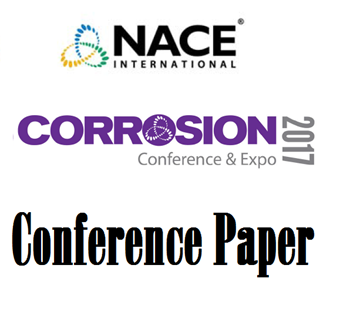Search
03655 CORROSION MONITORING EXPERIENCE IN THE REFINERY INDUSTRY USING THE FSM TECHNIQUE
Also Purchased
97512 CORROSION MONITORING AND CONTROL IN REFINERY PROCESS UNITS
Product Number:
51300-97512-SG
ISBN:
97512 1997 CP
$20.00
03653 A NEW APPROACH TO PREVENT CORROSION OF THE REACTOR EFFLUENT SYSTEM IN HDS UNITS
Product Number:
51300-03653-SG
ISBN:
03653 2003 CP
$20.00
Online Continuous Corrosion Monitoring for Detection Monitoring and Control of Localized Corrosion
Product Number:
51317--9065-SG
ISBN:
9065 2017 CP
Publication Date:
2017
$20.00




